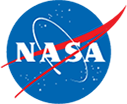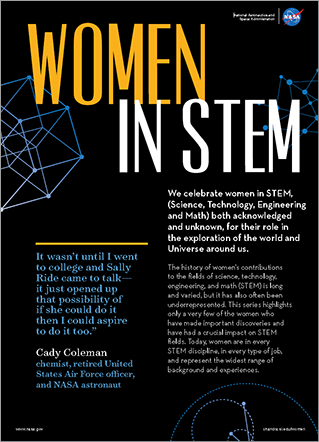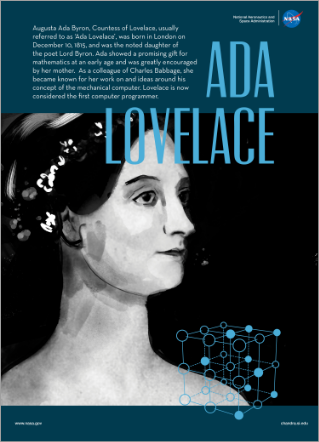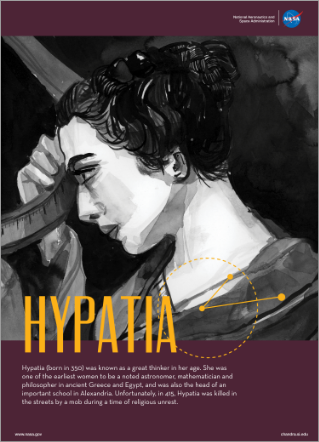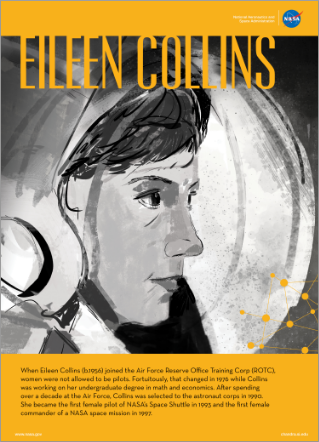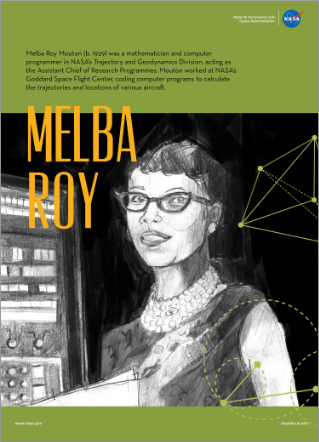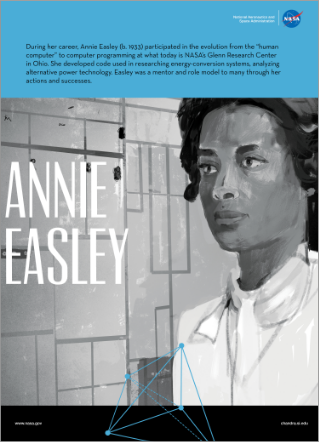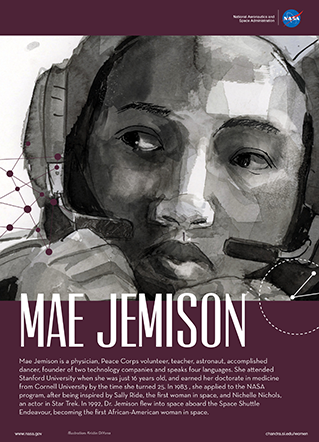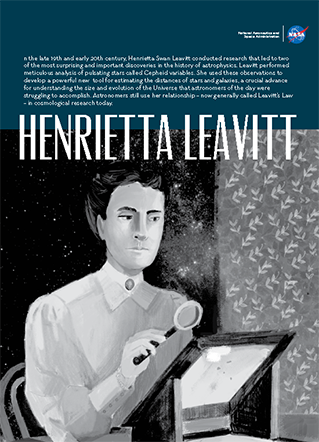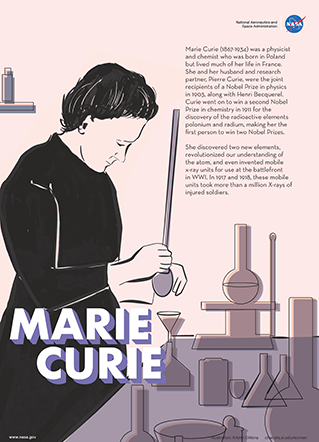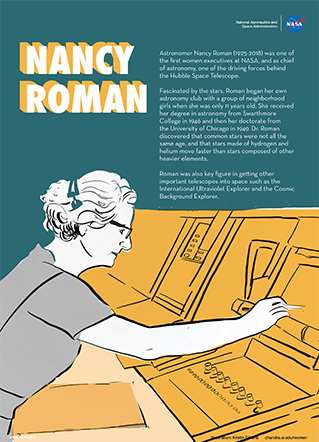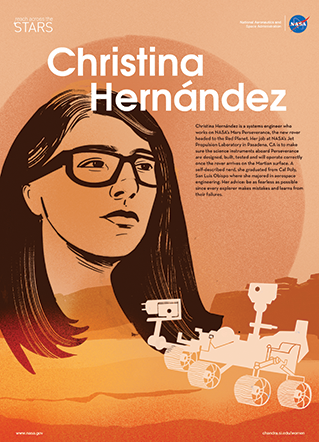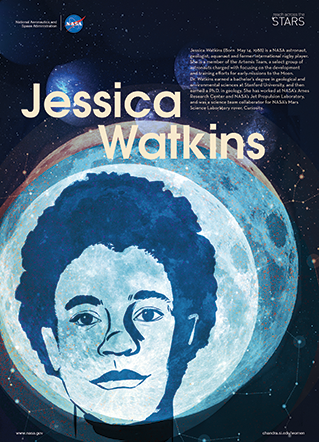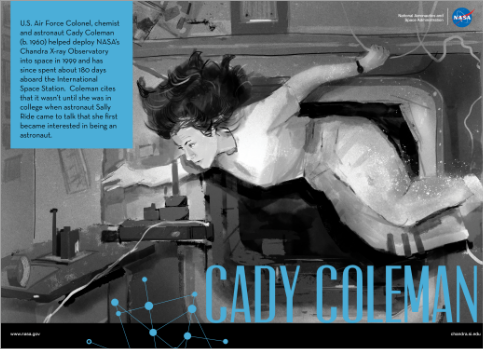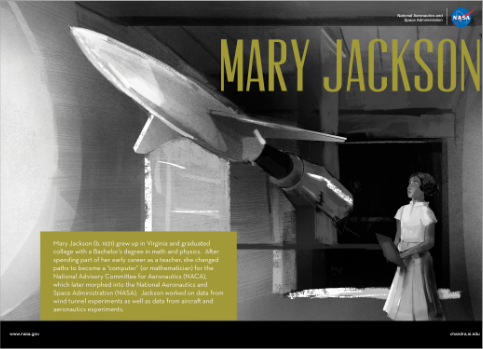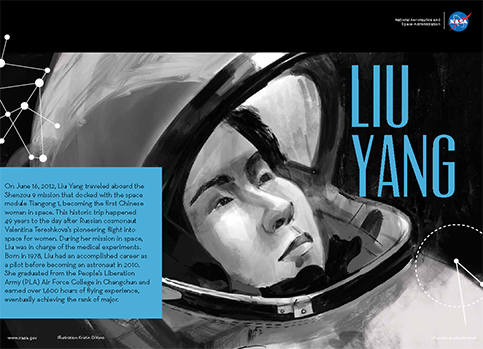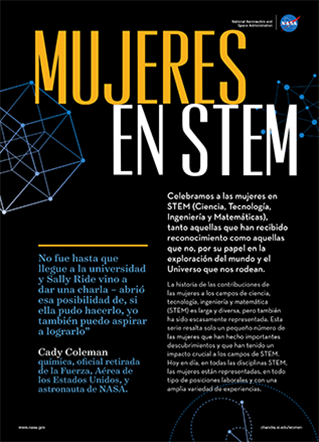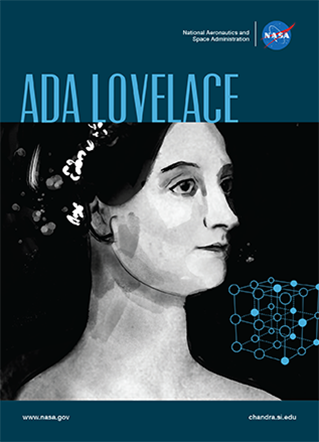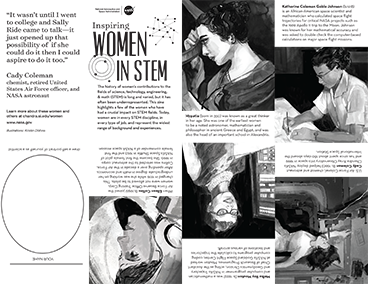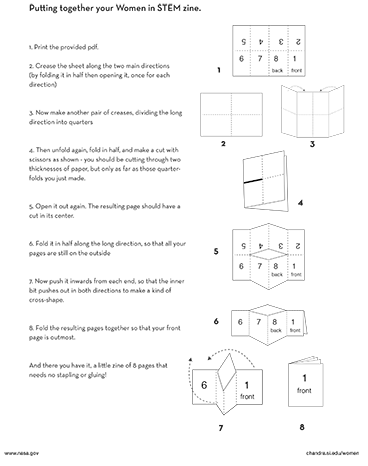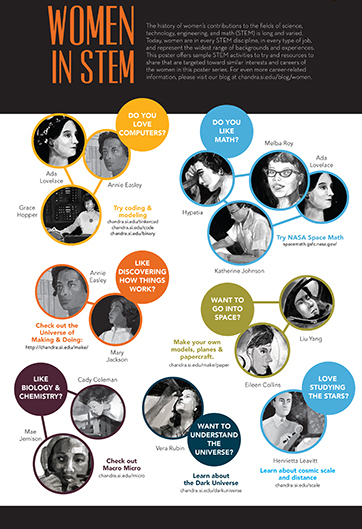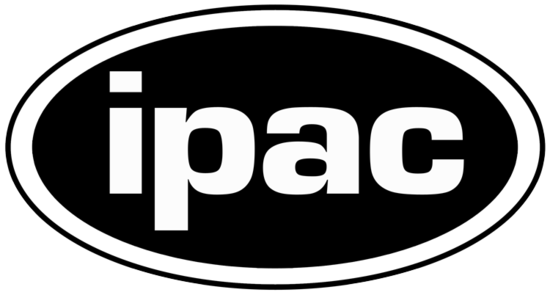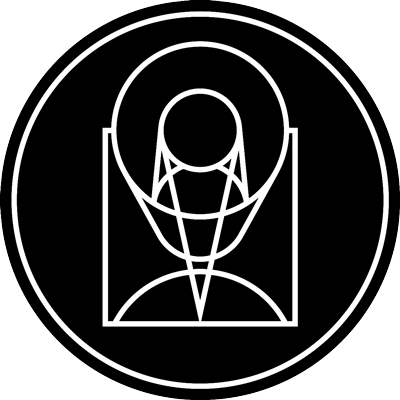
We celebrate women in STEM, (Science, Technology, Engineering, and Math) both acknowledged and unknown, for their role in the exploration of the world and Universe around us.
The history of women's contributions to the fields of science, technology, engineering, and math (STEM) is long and varied. This series highlights some of the women who have made important discoveries and have had a crucial impact on STEM fields.
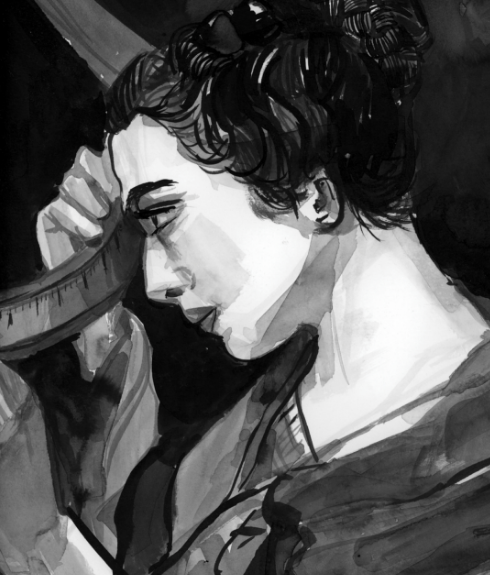
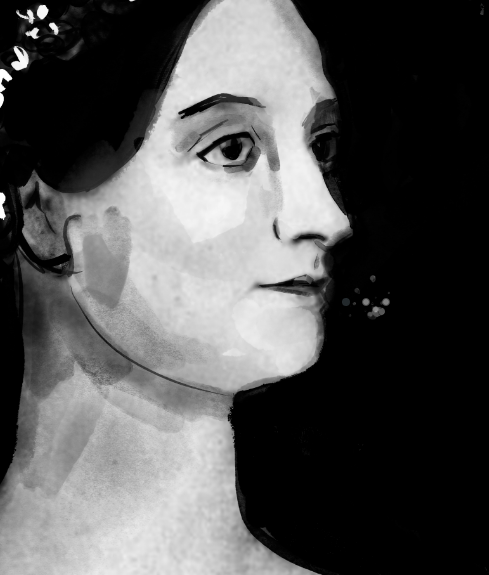
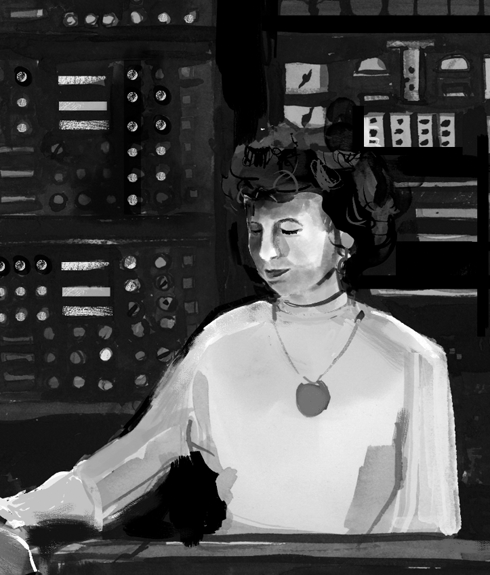
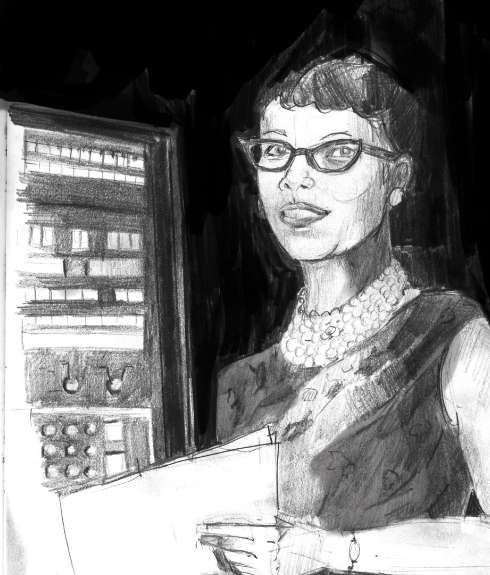
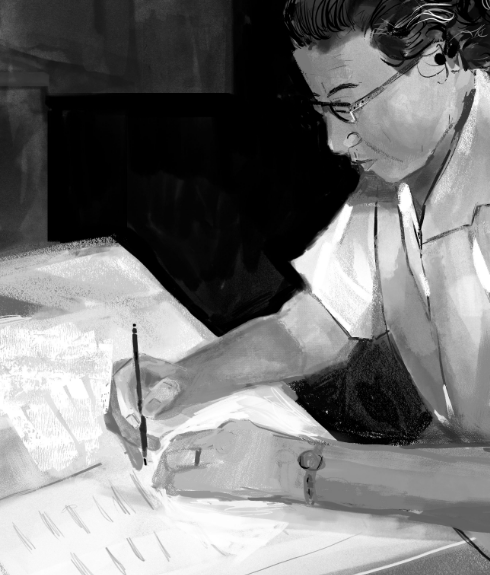
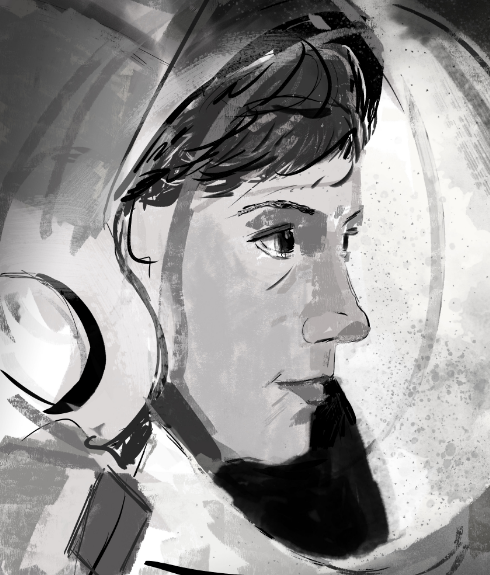

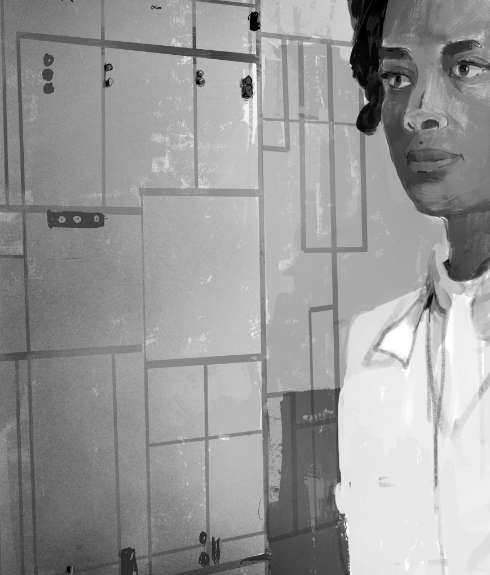
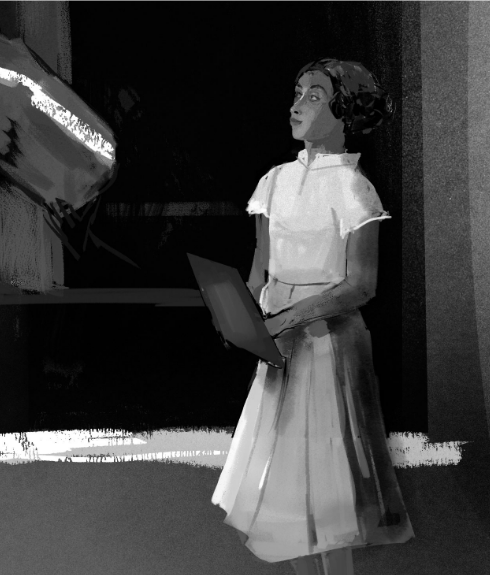
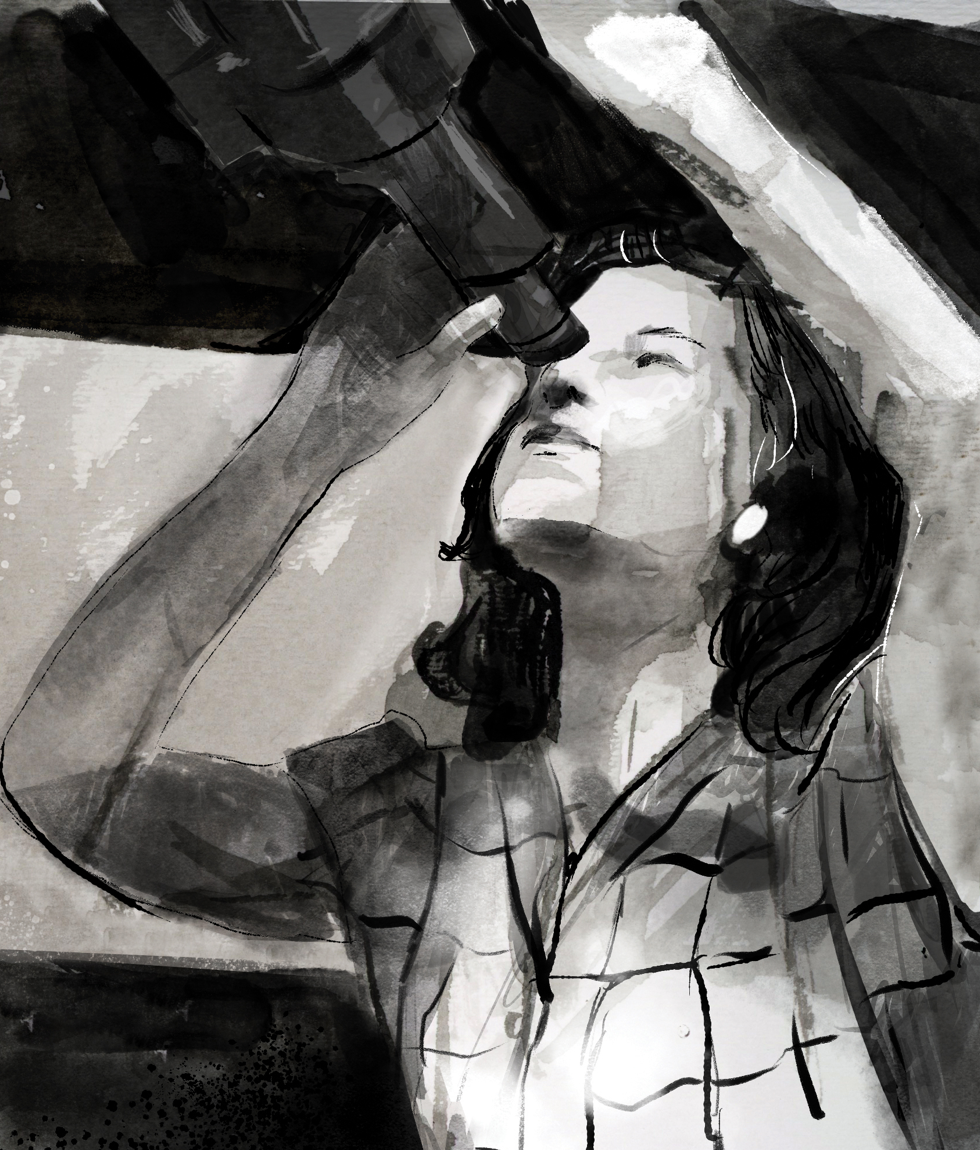
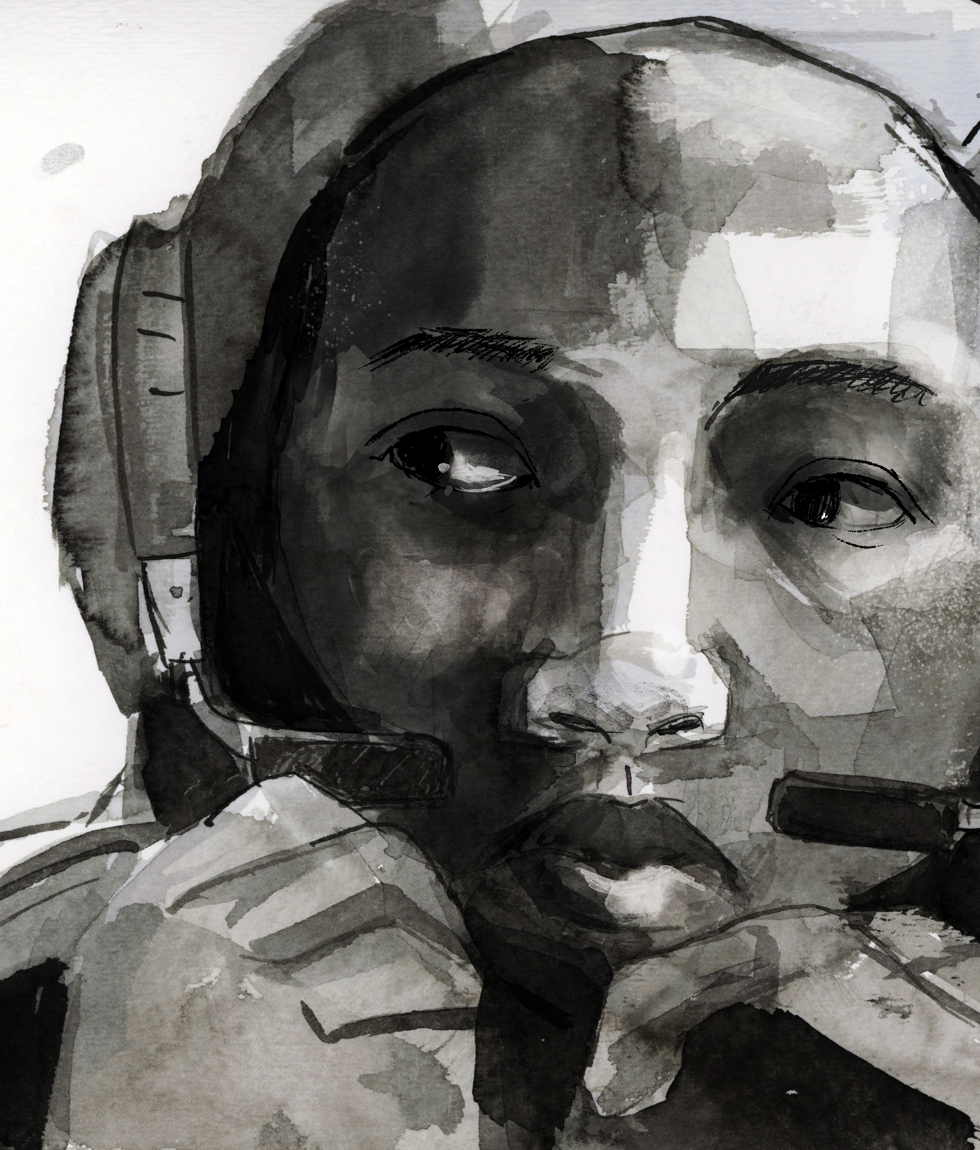
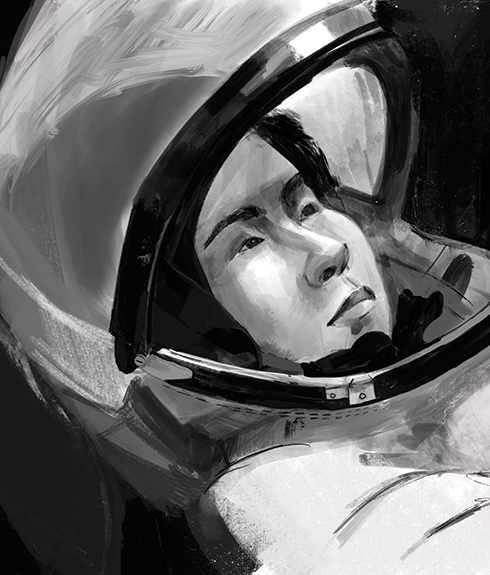
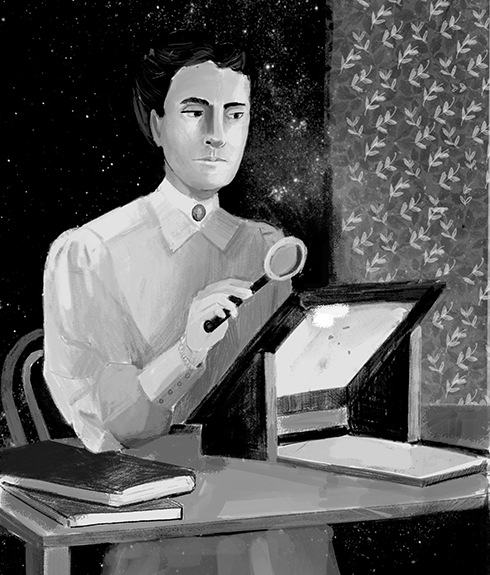
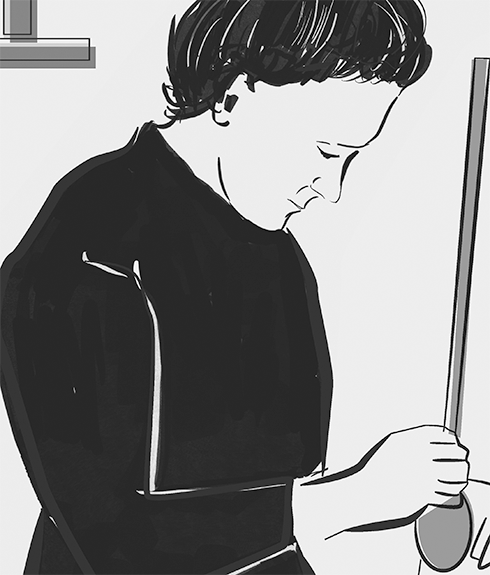
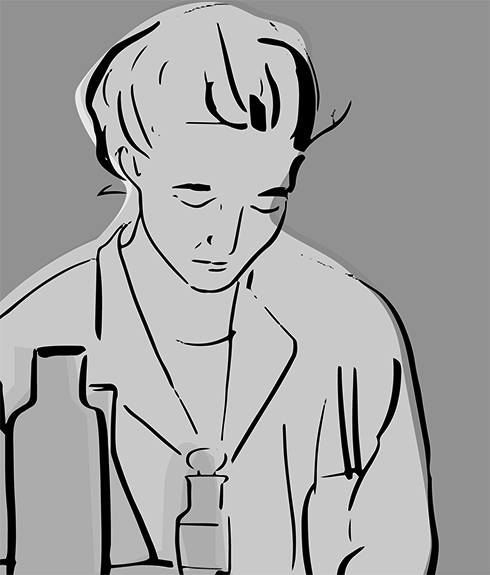

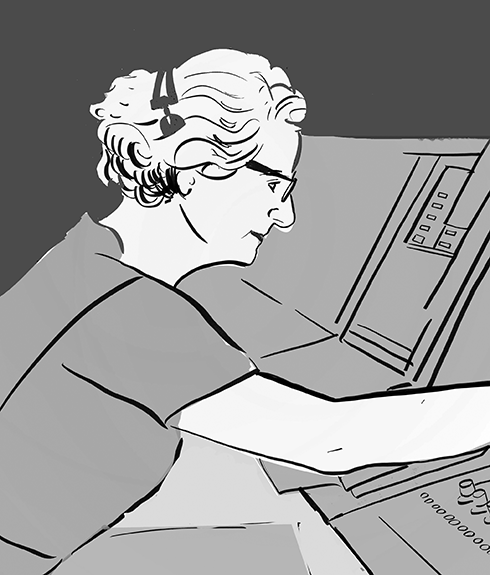
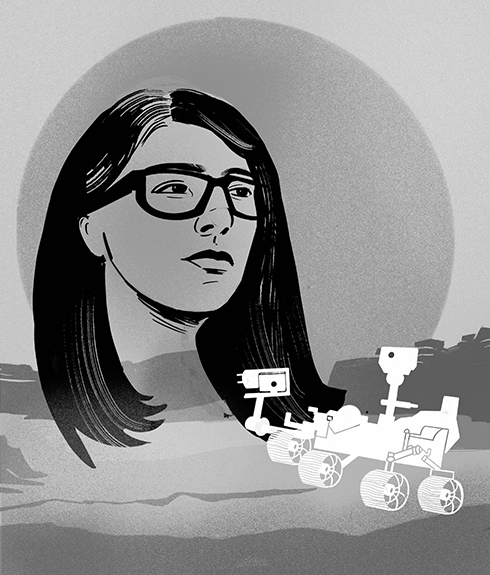
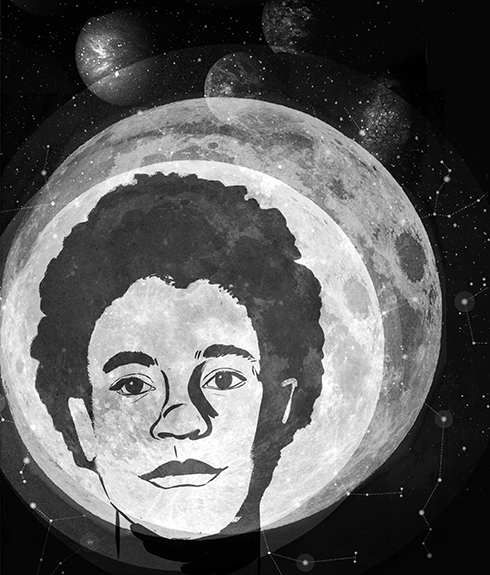
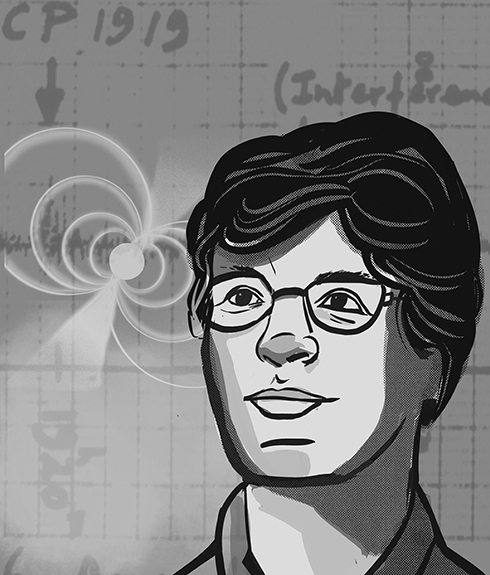
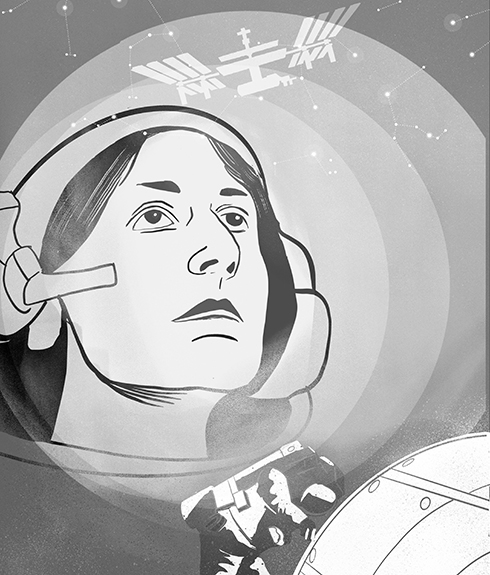

Meet Your Female Space Science Heroes (virtually) A free augmented reality (AR) app that can be used on most AR-compatible tablets and smartphones (iOS & Android platforms). Link to AR app
Women in Chandra’s High Energy Universe
Since its launch on July 23, 1999, the Chandra X-ray Observatory has been NASA’s flagship mission for X-ray astronomy, taking its place in the fleet of “Great Observatories.” Who are some of the women behind the scenes for this extraordinary piece of equipment that helps us see our Universe in a whole new light? Meet some of the scientists, technologists and designers who contribute to the pursuit of understanding the Universe through high-energy astrophysics.
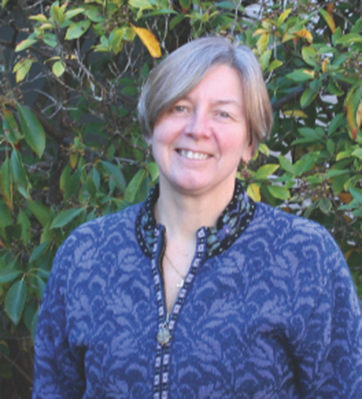
BELINDA WILKES
Chandra X-ray Center Former Director
Former Director of Chandra X-ray Center & senior astrophysicist who specializes in the study of supermassive black holes in the centers of galaxies.
My advice to anyone who might be interested in pursuing a career similar to mine is this: follow your heart and your abilities rather than a specific career path. Plan the next step(s) along the way, but be flexible−there is always more than one way to get there. Be pro-active. Make sure you are working with good people, but make sure you also like them! If you are not happy, you will not do well.
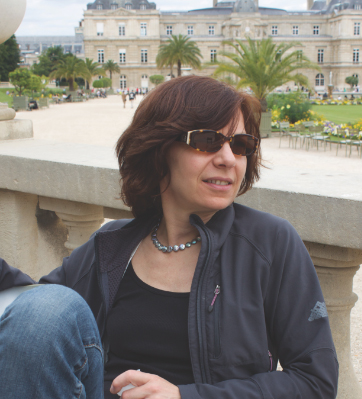
ANETA SIEMIGINOWSKA
Astrophysicist
Astrophysicist in Chandra's Science Data System group who also conducts research into black holes and galaxies.
For as long as I can remember, I wanted to learn about stars. The winter sky displayed the entire Universe right in front of me and I wanted to learn and understand the sky and the space. I do not think I understood what it meant to become an astronomer when I was a six year old, but each time somebody asked me what do I want to be when I grew up I answered, I want to be an astronomer.

SAEQA DIL VRTLEK
Astrophysicist
Senior astrophysicist who studies cosmic objects with Chandra and other telescopes while being involved with science education.
I have always enjoyed things related to science. I liked to take things apart and find out how they work −I was always the one fixing radios, vacuum cleaners, etc., around our house. Math was also my favorite subject in school. I try to study objects by looking at all their forms of radiation from visible light to gamma-rays.
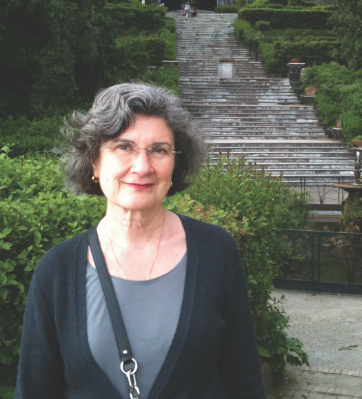
GIUSEPPINA FABBIANO
Astrophysicist
Senior astrophysicist studying galaxies, black holes and the high-energy Universe using Chandra and other telescopes.
I studied physics because I wanted a chance of discovering something new. My mother would have preferred that I studied classics like Latin and Greek, and a favorite uncle [said] perhaps I should look at something more practical. But physics it was. After all these years, I am still working in X-ray astronomy, and having fun with it.

KIMBERLY ARCAND
Science Visualization
Visualization lead for Chandra
Growing up, I was the kid with the chemistry set, the microscope, and the stellarium as my favorite “toys.” I loved science, or what I thought of as science: the idea of discovering something new, of figuring out puzzles, of contributing to people’s lives in some significant way. Today, I use data to tell stories about science, whether in the form of a 3D model of an exploded star, or a tweet.
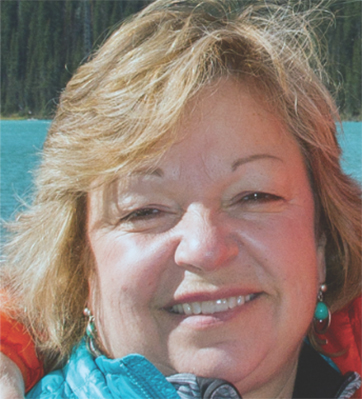
JANET DEPONTE EVANS
Software Development Manager
Software Development Manager for the Chandra X-ray Center Data System (CXCDS) group, which provides end-to-end scientific software for Chandra’s mission operations.
My interest in astronomy came when looking for a career that combined software development, science and math. I enjoy contributing to [Chandra] knowledge through the software systems that we provide. Any young person seeking a challenging and rewarding career should definitely give astronomy and software engineering a hard look.

KARLA GUARDADO
Astrophysicist Technical Assistant
Chandra X-ray Center with a B.S. in Physics from MIT, 2015
I wanted to go into a career in astrophysics because I fell in love with space−its marvels and secrets. I loved every part of my science projects, the investigation, experimentation, and drawing conclusions. If I were to give advice to young girls thinking about a career in science, it would be that a career in science takes a lot of dedication and years of schooling. But if it’s truly what you want to do, go for it. It will be worth it. Set your own limits, don’t let other people do that for you.
Download the free poster set to use in your space
Take a Survey!
Did you host a mini-exhibit at your library/school/other venue? If so, please let us know what you thought by taking this brief online survey: https://www.surveymonkey.com/r/chandrawomeninstem
